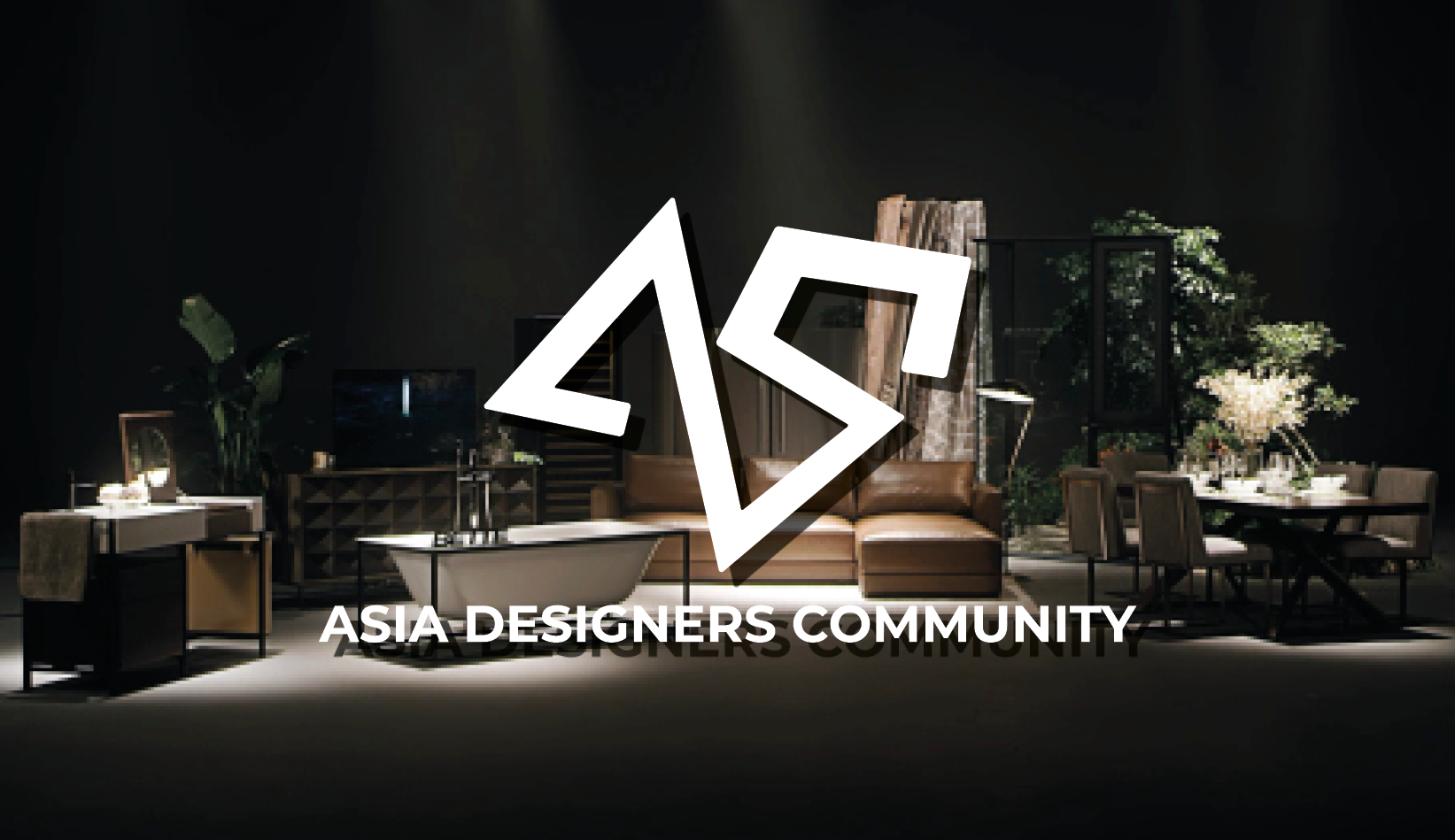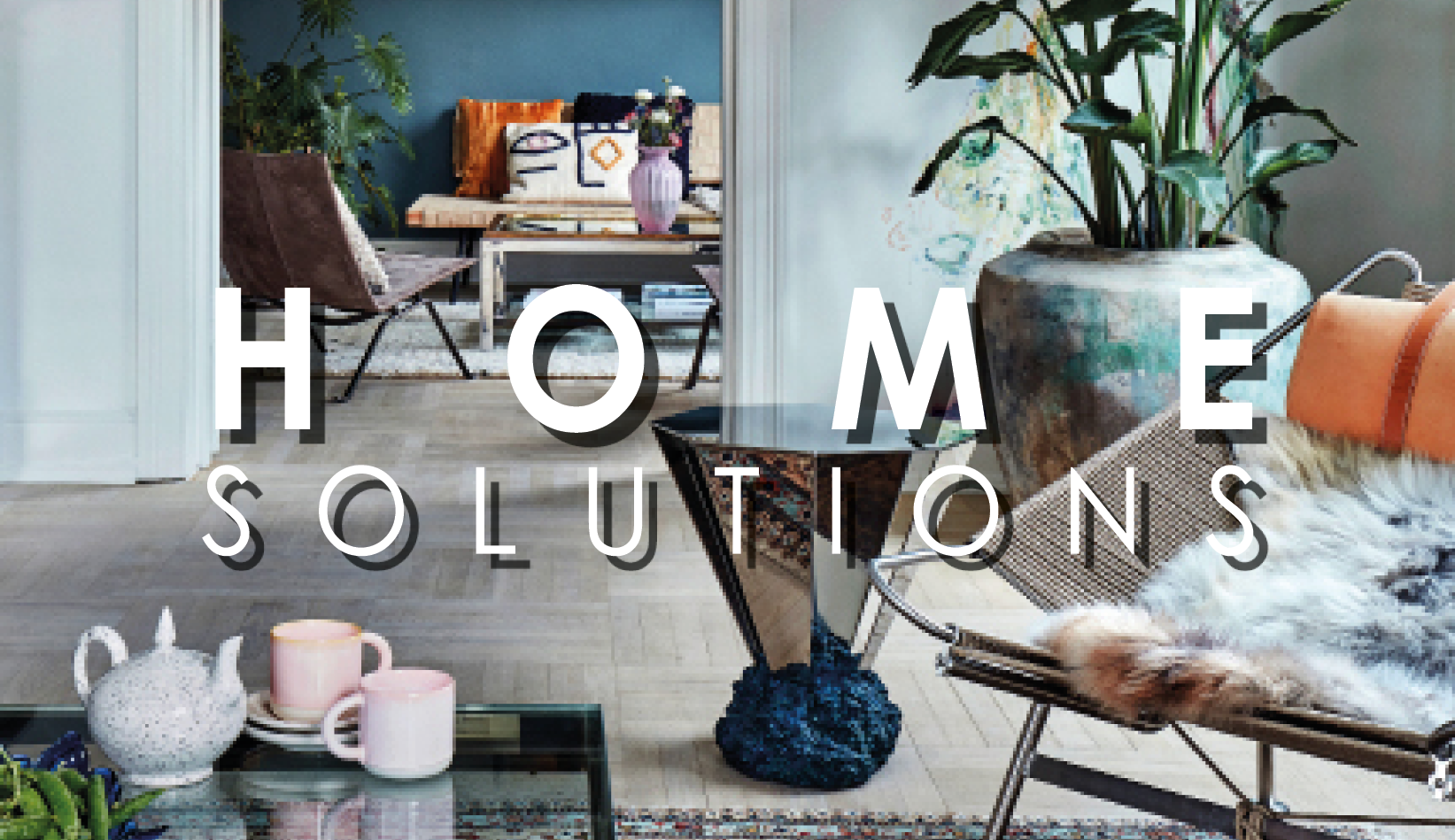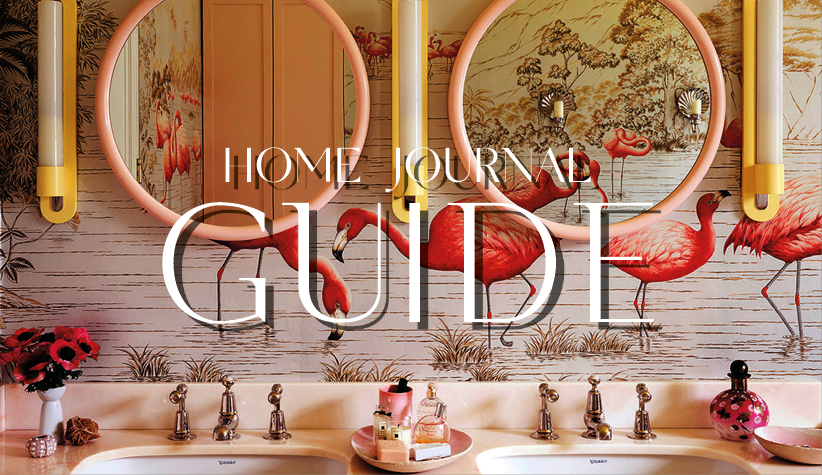Hermès unveils at Milan Design Week 2025 an home collection that examines what gives objects their emotional power.
Every year, La Pelota in central Brera and Hermès' chosen stage for Milan Design Week, transforms into a design destination that not only defines the fair but also shapes global design directions for years to come.
Departing from last year’s dark and moody presentation, Hermès reimagines the event space as a clinical white space. Geometric boxes suspended from the ceiling punctuate the room, each concealing a piece from the French house’s latest collection while casting pools of coloured light onto the pristine floor. These stark, minimalist structures serve as both metaphor and stage, encouraging visitors to uncover the hidden beauty of the objects within.

VASE - DOUBLÉ D’HERMÈS
Open to the public from 9 April to 13 April, the exhibition celebrates the artistry of glass—its texture, transparency, and depth.
One standout piece is the Pivot d’Hermès side table by Tomás Alonso. A study of balance and movement, the table features a rectilinear lacquered glass base paired with a round pivoting box made of sugi, a Japanese cedar. The box, shaped using an ancient Japanese wood-curving technique, rotates on an eccentric axis, imbuing the piece with unexpected dynamism. Materials like rose thé Epsom calfskin elevate the table’s refined yet functional design.

SIDE TABLE - PIVOT D’HERMÈS
The Casaque vase uses mouth-blown glass cased in colour, meticulously cut to create striped or chequerboard patterns. The precision of the cutting work allows the colours to shift in intensity depending on the angle of view, creating a layered interplay of light and geometry. The same technique is applied to the Casaque glasses, which feature vibrant patterns achieved through colour-to-clear cutting.
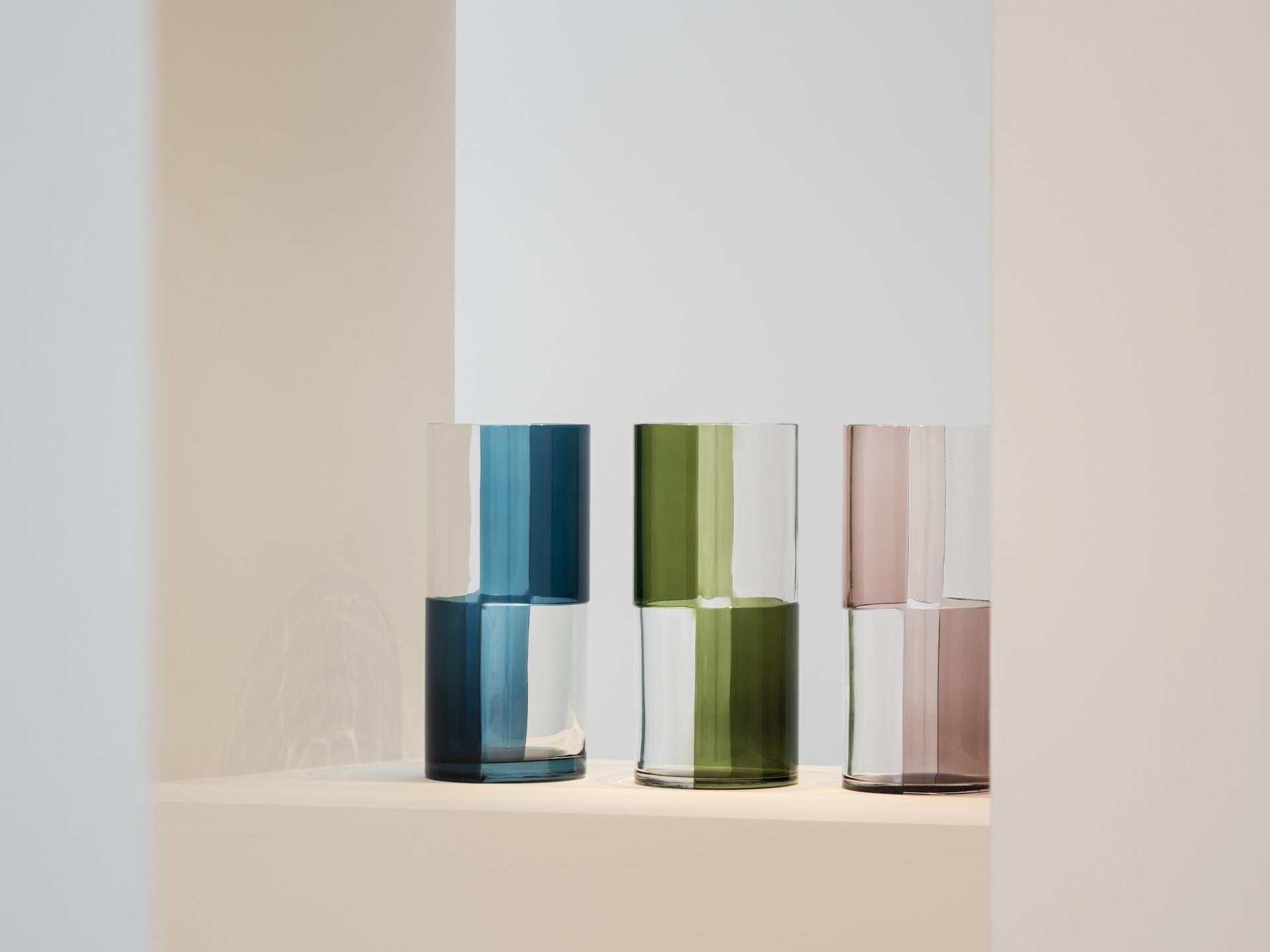
VASE – CASAQUE
The Doublé d’Hermès jugs demonstrate the mastery of the glassmaker’s craft. Each jug is made by superimposing two layers of molten coloured glass, which are then blown, shaped, and cut by hand. When filled with water, the jugs display an ever-changing spectrum of colours.
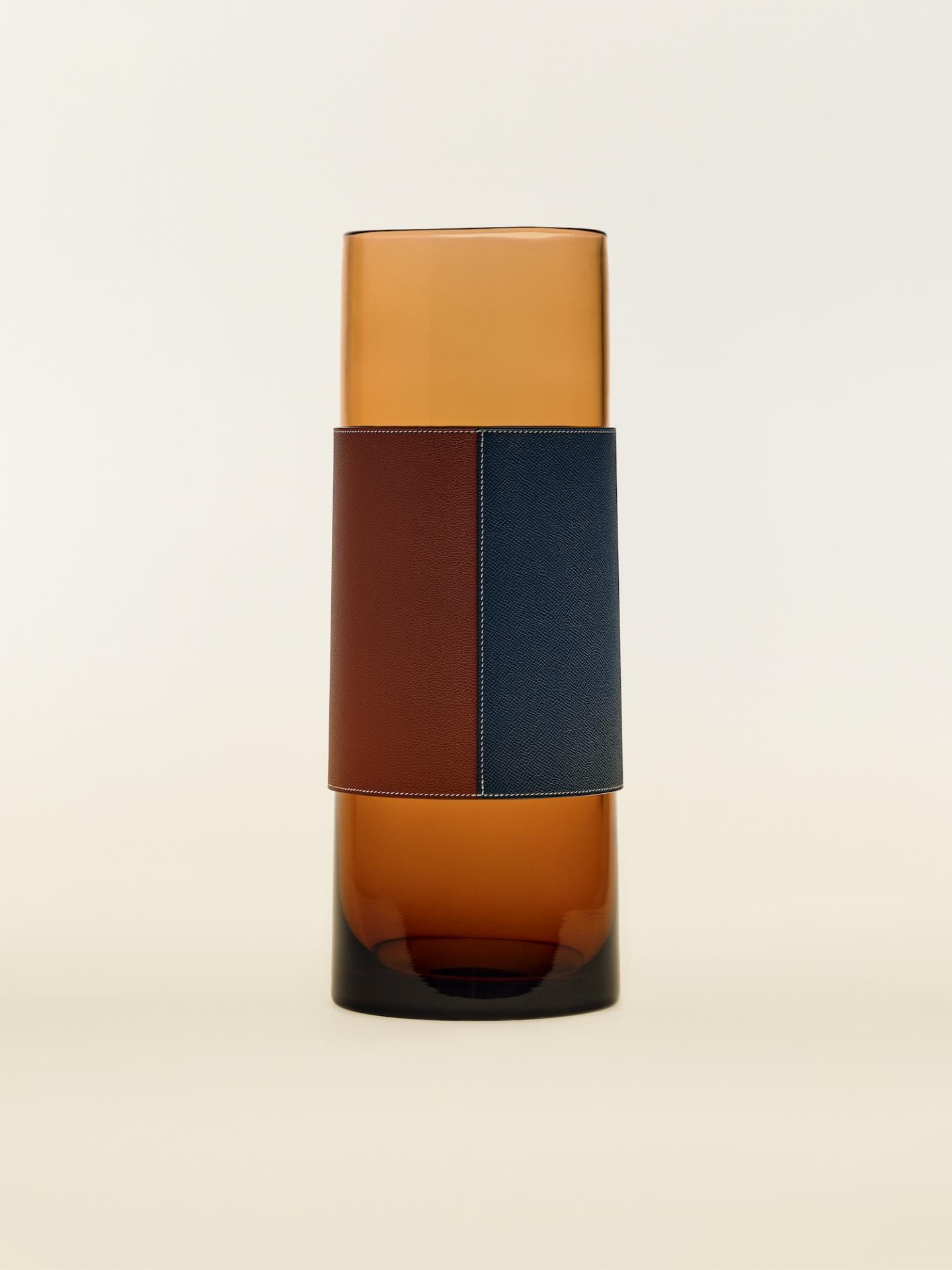
This technique also defines the Doublé d’Hermès vases, which feature up to seven layers of glass to achieve their deep colour gradations. A supple leather cuff in Epsom and Evercolor calfskin contrasts with the transparency of the glass, creating a striking geometric pattern. A similar combination of materials is seen in the Doublé d’Hermès box, where a sycamore base is topped with a coloured glass lid. The minimalist grid on the lid, created using the fusing technique, subtly references the Hermès “H.”
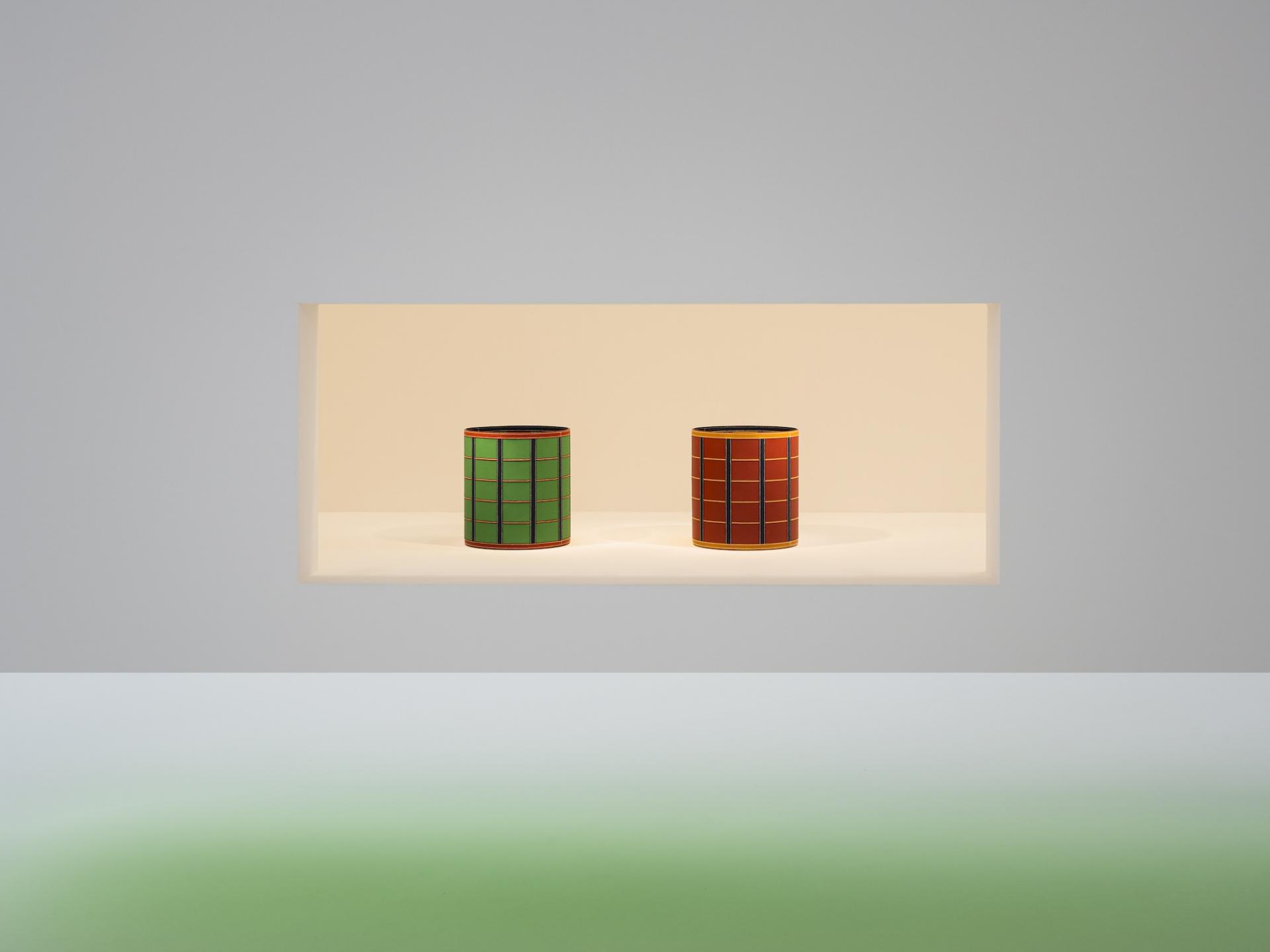
BASKET - PADDOCK
The Paddock basket reimagines the tartan patterns of traditional horse blankets in leather. Saddle-stitched panels of Epsom and Evercolor calfskin are used to create a perfectly proportioned cylinder, highlighting the house’s equestrian heritage.
In the Hermès en Contrepoint dinner service, Nigel Peake’s hand-drawn geometric motifs transform a thirty-three-piece porcelain set into an artistic exploration of musical rhythm. The soft or bright colours of the friezes invite endless combinations, making each table setting unique.
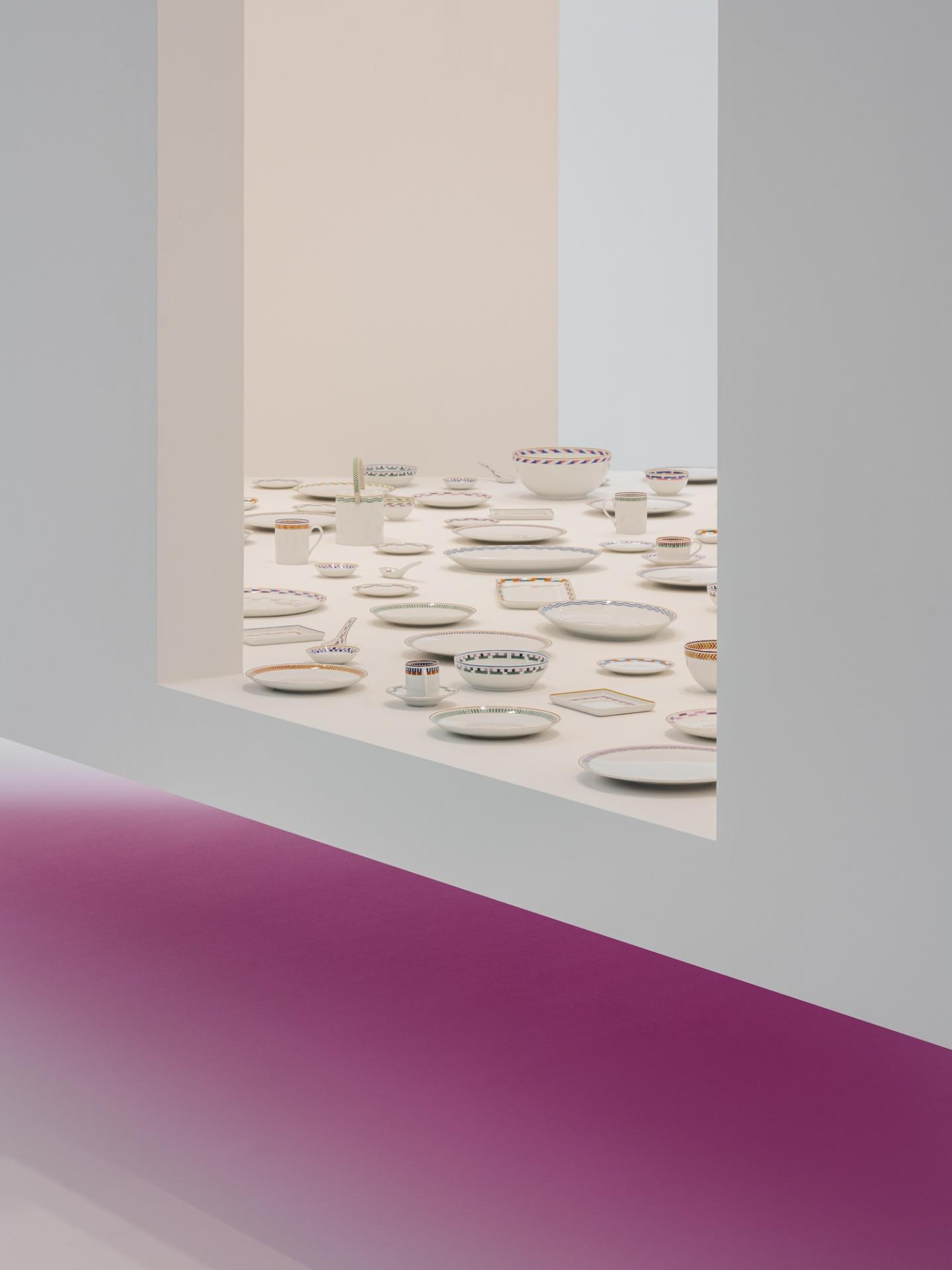
DINNER SERVICE - HERMÈS EN CONTREPOINT
The collection also features a series of new cashmere throws and blankets that highlight Hermès’ expertise in textiles. The Points et Plans throw, designed by Amer Musa, evokes a playful, childlike spirit with multicoloured appliqué dots stitched onto a criss-crossed cashmere frame.
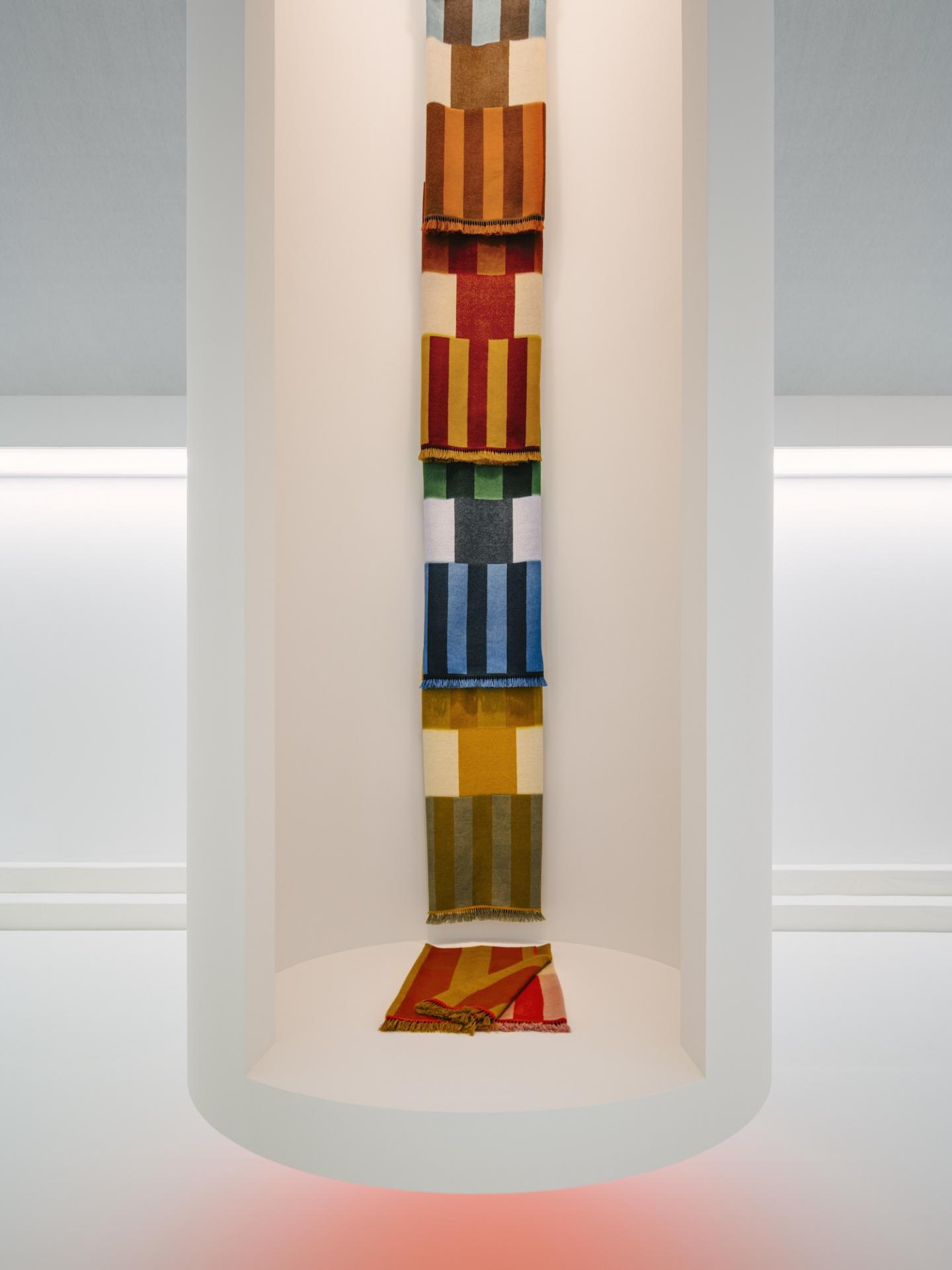
The H Partition throw combines a natural ivory cashmere chevron design with delicately applied 24-carat gold powder, evoking the look of musical staves. The Summer Dye throw reveals a colourful Hermès “H” through a process of successive hand-dyeing, while the Striped Dye throw features layered colour baths that create a rich interplay of hues, finished with hand-knotted fringes.
Photography: Maxime Tétard









